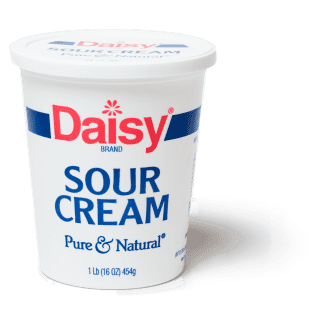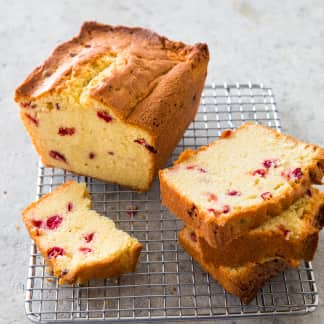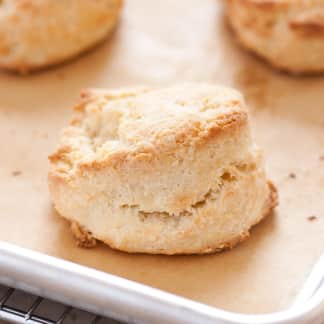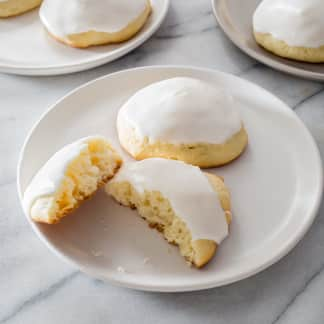Our tasters generally preferred the products they perceived as milder; they liked milky sweetness with just a hint of tang. Tart sour creams received lower marks, especially when tasted plain.
Most of the companies would not disclose their fermentation processes, but Kimberlee Burrington, a dairy expert at the Center for Dairy Research at the University of Wisconsin–Madison, explained that the tangier sour creams were likely fermented longer or used specific strains of bacterial cultures that are known to contribute a more tangy flavor. “The tangier flavor of a sour cream could be because the pH is lower (probably from a longer, but not a warmer, fermentation period) or different cultures were used,” Burrington said. “Usually a cultured product that is tangier is also lower in pH.” A lower pH means the sour cream would be more acidic and therefore more sour. A sour cream with less fat could also taste more sour, as fat has a way of “rounding out flavors,” Burrington said. However, when we looked at the nutrition labels, we were surprised to see that all the samples had relatively similar amounts of fat, regardless of whether they contained cream, milk, or a combination of the two—so fat content wasn’t a factor in their flavor as far as we could tell.
Fortunately, the ultratart flavor of some products was lessened when we tried them in Sour Cream Drop Biscuits and Caramelized Onion Dip, where other ingredients masked the tanginess. Tasters deemed all the biscuits and dips perfectly acceptable: Biscuits were all “rich” and “delicious,” and every dip was plenty “creamy” and subtly “tangy.”









